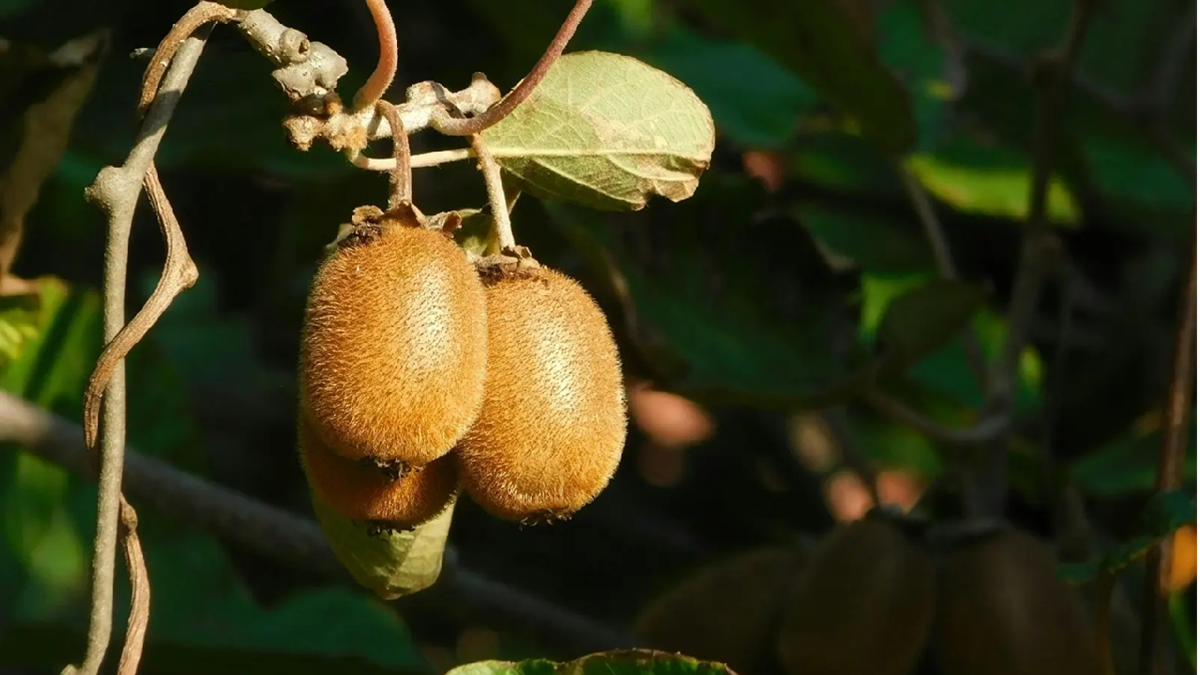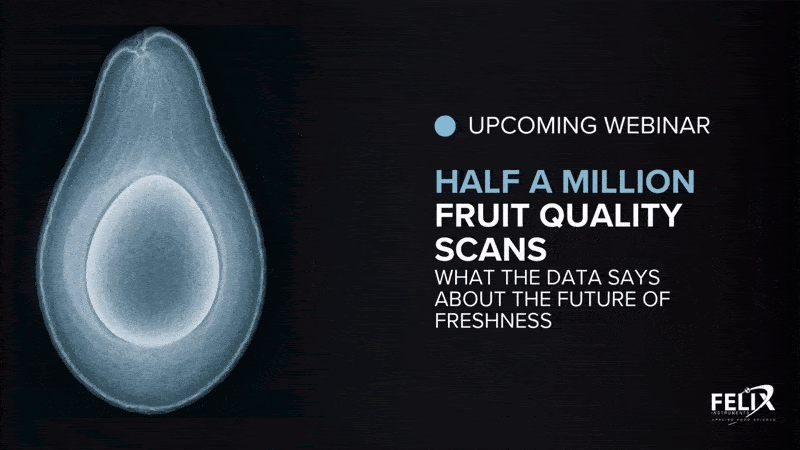Measurements
Importance of fresh produce quality in retailing
Retailing is a low-margin and high-volume business, especially for fresh produce. Fruits and vegetables are highly perishable and have a short shelf life. Therefore, maintaining quality is challenging but can also economically benefit retailers. The conditions in which retailers keep and display their fresh produce assume a vital role but don?t always get the desired attention.
14 July, 2023
Retailing is a low-margin and high-volume business, especially for fresh produce. Fruits and vegetables are highly perishable and have a short shelf life. Therefore, maintaining quality is challenging but can also economically benefit retailers. The conditions in which retailers keep and display their fresh produce assume a vital role but dont always get the desired attention. Quality matters more than priceStudies have shown that customers prefer quality fresh produce to cheaper but low-quality food. Offering cheaper food can attract customers but is not a sustainable business strategy. A better way to make profits is to improve quality. A Mckinsey report found that consumers will evaluate the produce they buy and the display. For example, in Europe, consumers judge the retailers fresh produce section based on the appearance of two fruits- bananas and apples. Vegetables impressing consumers vary in European countries. The British scrutinize potatoes, French courgettes/zucchini, Germans tomatoes, and Swiss lettuce. The same report shows that consumers are fastidious, careful, and satisfied with only a few retailers. Retailers can attract customers by improving their fresh produce section. High-quality fresh produce improves the impression retailers make and allows them to improve overall sales by 10%. It is, therefore, not a surprise to have magazines rating stores according to their fresh produce displays. If retailers want to improve the quality of fresh produce, they must find the problems causing a loss of quality and ways to fix them. First, it would be essential to find out how customers judge quality. Quality parameters consumers evaluate at the retailersCustomers at retailers judge fresh produce based on sensory parameters, like color, texture, aroma, and signs of damage/decay. They use these parameters to indicate a fruits taste, freshness, ripeness, safety, and nutritional content. Another quality parameter of interest is shape and size, though attitudes towards ugly vegetables and fruits are changing. Moreover, it is only severe distortions that influence consumers purchasing behavior. Situation at retailersFood waste at retailers occurs due to consumer rejection and deterioration caused by physiological, pathological, and mechanical causes. Food spoilage depends on the species. In a study by Nunes et al. 2009 in 27 refrigerated and non-refrigerated displays, raspberry looked good in only 6.7% of the stores. Fruits like bananas, peach, pineapple, and fresh-cut vegetables looked the best in 100% of the stores. Though the produce overall looked good, there were instances of decay. Other studies found that retail losses of nectarines were 6.5%; for cherries, it was 11.9%, and for pears, it was 3.6%. It could be summarized that non-climacteric fruits usually have a shorter shelf-life and suffer more losses. The main reasons for fresh produce spoilage at retailers are lack of enough cold storage, maintenance of cold chain, and overstocking due to improper prediction of demands. Also, the last mile of local transport from distribution centers to retailers can be crucial. Suppliers can easily maintain suitable environmental conditions for specific fresh produce. However, several fresh produce is mixed during the last leg of transport under the same refrigerated conditions of 3.3°C to 8.8°C in the truck. Temperatures of 3.3°C can be too high for heat-sensitive fresh produce, which requires 01°C, like berries, small fruits, peaches, salad, and fresh-cut vegetables. On the other hand, these transport conditions are too low for tropical and sub-tropical fruits like papaya, tomato, mango, bell pepper, and cucumber. This fresh produce is chilling-sensitive and suffers a chilling injury at temperatures below 10°C. Chilling injury causes damages like pitting, external and internal discoloration, tissue water soaking, susceptibility to decay, tissue breakdown, and failure to ripen. Therefore they must be transported at temperatures low enough to slow their physiology but high enough to prevent chilling injury. Improving environmental conditions during retailingFruit and vegetable quality and shelf life are determined by physiological changes and management in the farm and during postharvest storage and transport. However, retailers can still manage the environmental conditions in shops to make a difference, extend shelf life, and maintain fresh produce quality. Retailers can monitor and control temperature, relative humidity (RH), and ethylene levels to maintain the sensory quality of fruits and vegetables and the consumer acceptability of products displayed in a store. TemperaturePoor temperature management is the primary cause of retailers fresh produce waste, around 55%. Hence, efficient temperature management is the easiest method of quality maintenance by delaying produce deterioration. Lowering temperatures reduces the rate of physiological processes like respiration, transpiration, and microbial activity. Reducing respiration lowers the temperatures of commodities and their ethylene production, which would otherwise lead to ripening and eventually decay. Restricting microbial activity lowers the chances of spoilage. Temperatures inside retail displays can vary depending on the display location and the store. In the refrigerated displays, the temperatures can range from ? 1.2°C to 19.2°C, and in non-refrigerated displays, from 7.6°C to 27.7°C. These conditions are not always ideal. Temperature is species-specific, and recommendations are discussed in the next section. Relative humidityRelative humidity should be ideal to prevent the transpiration of fruits and vegetables and water content loss. Even a loss of 3-6% of water content from fresh produce can lead to wilting, shriveling, drying, and a loss of quality. Moreover, this slight percentage loss in weight can have serious economic consequences for retailers when the commodity is sold by weight. RH tends to vary between 55.9 to 92.9% in refrigerated displays and 29.7 to 86.6% in non-refrigerated displays. The recommended RH for fresh produce is 85-98%. However, it will also depend on the temperature and species. Ethylene concentrationsEthylene is a phytohormone used for ripening fruits with climacteric maturity. Ethylene is also produced in response to stress like mechanical damage. Ethylene is a gas that can diffuse through the air and hasten the ripening of nearby fresh produce. Fruits and vegetables, not ethylene producers, can also be sensitive to ethylene as it triggers decaying. It is necessary to separate ethylene producers from ethylene-sensitive commodities and cull spoiled ware to limit ethylene. Fresh produce is often not handled carefully and stored in adverse conditions, resulting in shorter shelf life and poor quality. Even when current refrigeration systems used in produce departments are set to desired temperatures, the actual temperatures inside the display may vary depending on the location of the load and loading charge. If fresh produce is displayed in the proper environmental conditions, it should be possible to maintain quality longer. Fresh produce can be classified into three groups based on temperature and RH requirements: - Group 1 needs temperatures of 0-2oC and RH between 85-98%. - Group 2 requires temperatures of 7-10oC and RH of 85-95%. - Group 3 should be kept at temperatures of 13-18oC and 85-95% RH. Groups 1 and 2 need refrigeration, and commodities requiring the same conditions should be kept together. Groups 2 and 3 are chill-sensitive. Group 3 can be displayed in the non-refrigerated sections, along with fruits like kiwis and avocados from groups 1 and 2. Retailers should ensure that produce doesnt obstruct air movement to maintain cold airflow. However, too much air movement should be avoided to reduce water loss. Misting is an option for some commodities to minimize water loss. Packaged produce care kept on ice with proper drainage. Adequate lighting should also be provided to enhance ripening in non-refrigerated displays for proper continued ripening. Monitoring quality and environmental conditionsIt is essential to accurately monitor fresh produce and environmental conditions to extend shelf-life and quality. Retailers can use Felix Instruments Applied Food Sciences precision devices for various purposes: 1. To monitor quality, retailers can make non-destructive, rapid, and precise estimations of internal and external color, ripeness (Brix), pH, and dry matter. Many internal quality parameters can help retailers sort fresh produce according to their maturity and ripeness. To cull fresh produce, they can spot over-ripe fruits and spoilt commodities before external symptoms occur. The F-750 Produce Quality Meter can monitor all fresh produce. And the F-751 Quality Meters range is customized for mango, avocado, kiwifruit, and melon. 2. To check MAP packages for fresh produce and cut vegetables, retailers can use the F-920 Check It! Gas Analyzer to measure oxygen, carbon dioxide, and ethylene levels. 3. To check ethylene levels in the room, retailers can use the F-940 Store It! Gas Analyzer to measure ethylene levels from 0-10 ppm, and the F-950 Three Gas Analyzer, for measuring 0-200 ppm ethylene levels.












